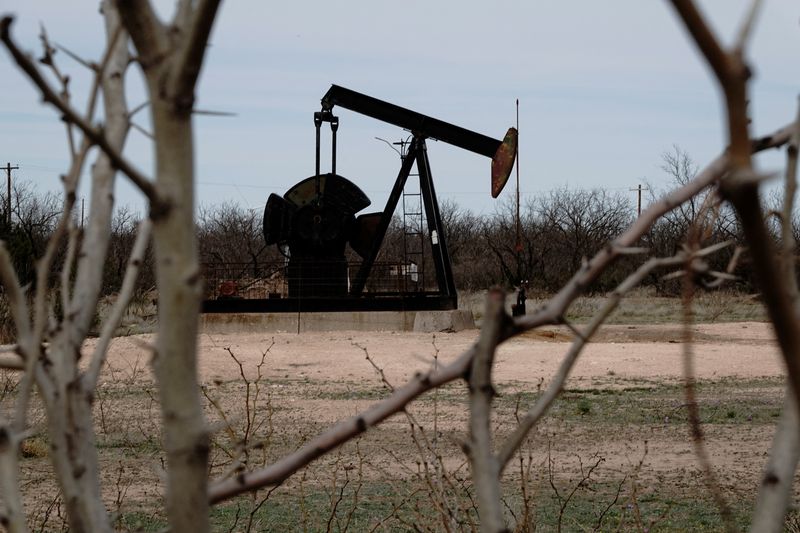
SINGAPORE (Reuters) – Oil prices, which were little changed in early Asian trade on Friday, were on track to end higher for a second straight week following a large cut in U.S. interest rates and declining global stockpiles.
Brent futures, which were trading 19 cents or 0.3% lower at $73.69 a barrel at 0027 GMT on Friday, gained 4.3% this week. U.S. crude, which was up 6 cents at $72.01 a barrel, has registered weekly gains of 4.8%.
The benchmarks have been recovering after they fell to near three year-lows on Sept. 10, and have registered gains in five of the seven sessions since then.
The U.S. central bank cut interest rates by half a percentage point on Wednesday. Interest rate cuts typically boost economic activity and energy demand, but some also saw the large cut as a sign of a weak U.S. labour market.
Crude inventories in the U.S., the world’s top producer, fell to a one-year low last week, government data showed on Wednesday. [EIA/S]
A counter-seasonal oil market deficit of around 400,000 barrels per day (bpd) will support Brent crude prices in the $70 to $75 a barrel range during the next quarter, Citi analysts said on Thursday, but added prices could plunge in 2025.
Crude prices were also being supported by rising tensions in the Middle East. Walkie-talkies used by Lebanese armed group Hezbollah exploded on Wednesday following similar explosions of pagers the previous day.

Security sources said Israeli spy agency Mossad was responsible, but Israeli officials did not comment on the attacks.
Weak demand from China’s slowing economy was weighing on prices, with refinery output in China slowing for a fifth month in August. China’s industrial output growth also slowed to a five-month low last month, and retail sales and new home prices weakened further.
This post is originally published on INVESTING.


